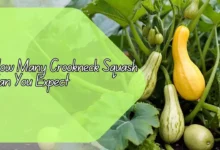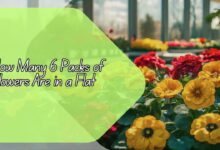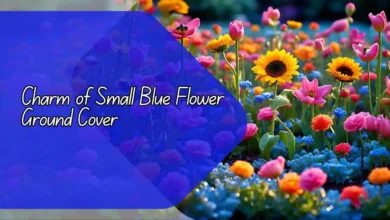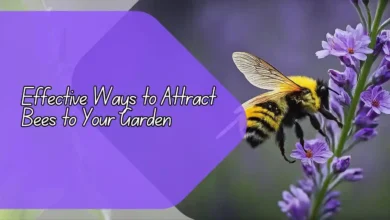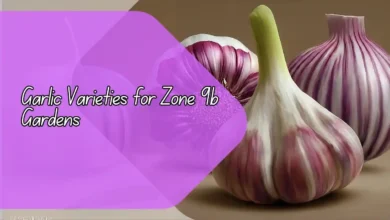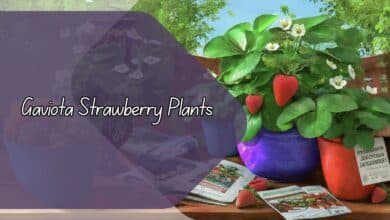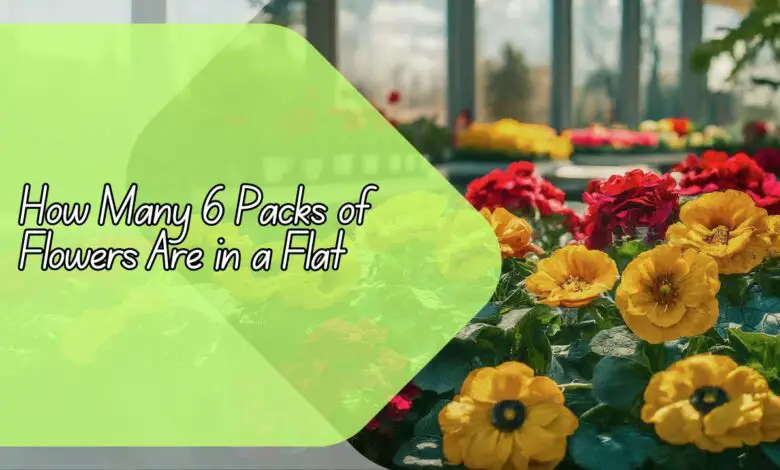
How Many 6 Packs of Flowers Are in a Flat and How to Choose
In this article, we will explore how many 6 packs of flowers are typically found in a flat, as well as provide tips on how to choose the right amount for your garden. We will discuss considerations such as garden size, flower variety, and personal preferences to help you make the best decision for your outdoor space.
How many 6 packs of flowers are in a flat?
A flat of flowers typically contains 6 packs of plants, each pack containing 6 individual plants. This means that there are a total of 36 plants in a single flat. The plants are usually small and tender, ready to be transplanted into a garden or container.
When purchasing a flat of flowers, it’s important to consider the specific variety and growing conditions of the plants. Some flowers may need more space to thrive, while others can be planted closer together. It’s a good idea to read the care instructions provided by the nursery to ensure that you are giving your plants the best chance for success.
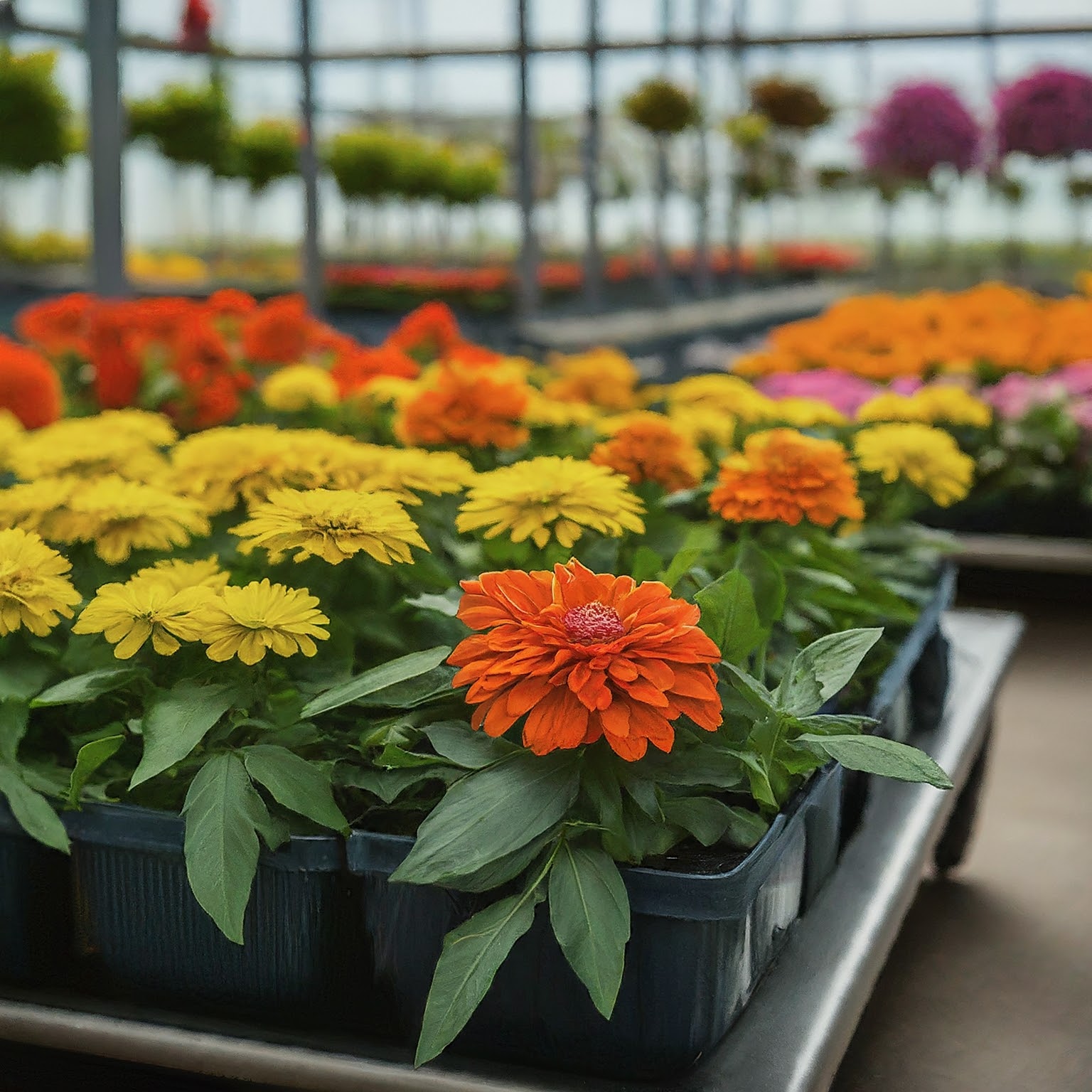
How to choose the right amount for your garden?
When deciding how many flats of flowers to purchase for your garden, there are several factors to consider. Firstly, think about the size of your garden and how much space you have available for planting. If you have a large garden, you may want to purchase multiple flats to create a more impactful display.
Consider the overall design and layout of your garden as well. Are you looking to create a cohesive color scheme or mix and match different varieties? Think about how the flowers will complement existing plants and landscaping features in your outdoor space.
Lastly, take into account your gardening experience and maintenance schedule. If you are a beginner or have limited time for gardening, it may be best to start with a smaller number of plants to avoid feeling overwhelmed.
On the other hand, if you enjoy spending time in your garden and have the resources to care for more plants, feel free to experiment with larger quantities.
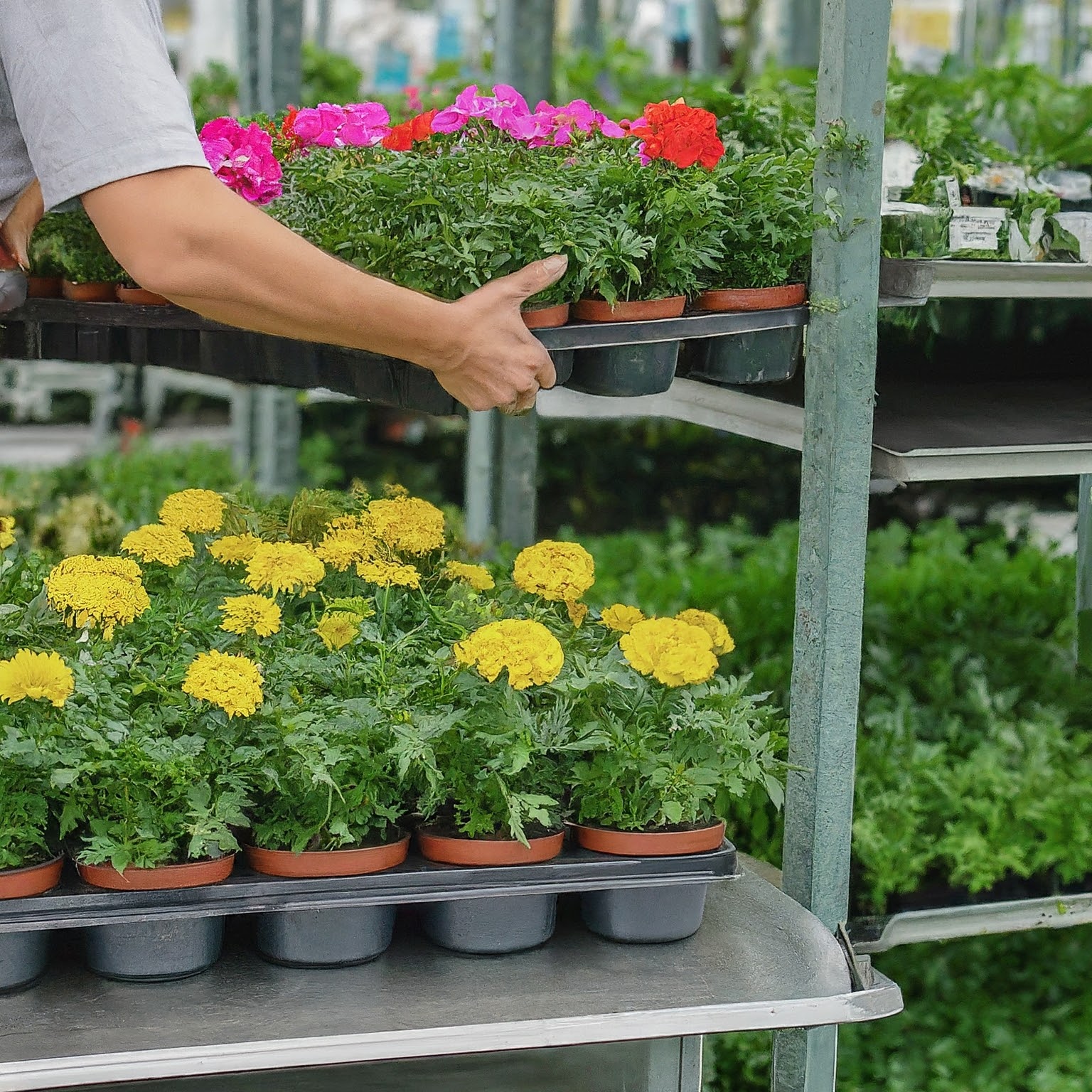
How do I know which flowers are best for my garden?
Choosing the right flowers for your garden can be a fun and rewarding process. Start by considering the growing conditions in your outdoor space, such as sunlight exposure, soil type, and climate. Some flowers thrive in full sun, while others prefer partial shade or cooler temperatures.
Think about the overall aesthetic you would like to achieve in your garden. Are you drawn to bright, bold colors or subtle pastel hues? Consider the height, shape, and texture of the flowers as well, as these characteristics can have a significant impact on the overall look of your garden.
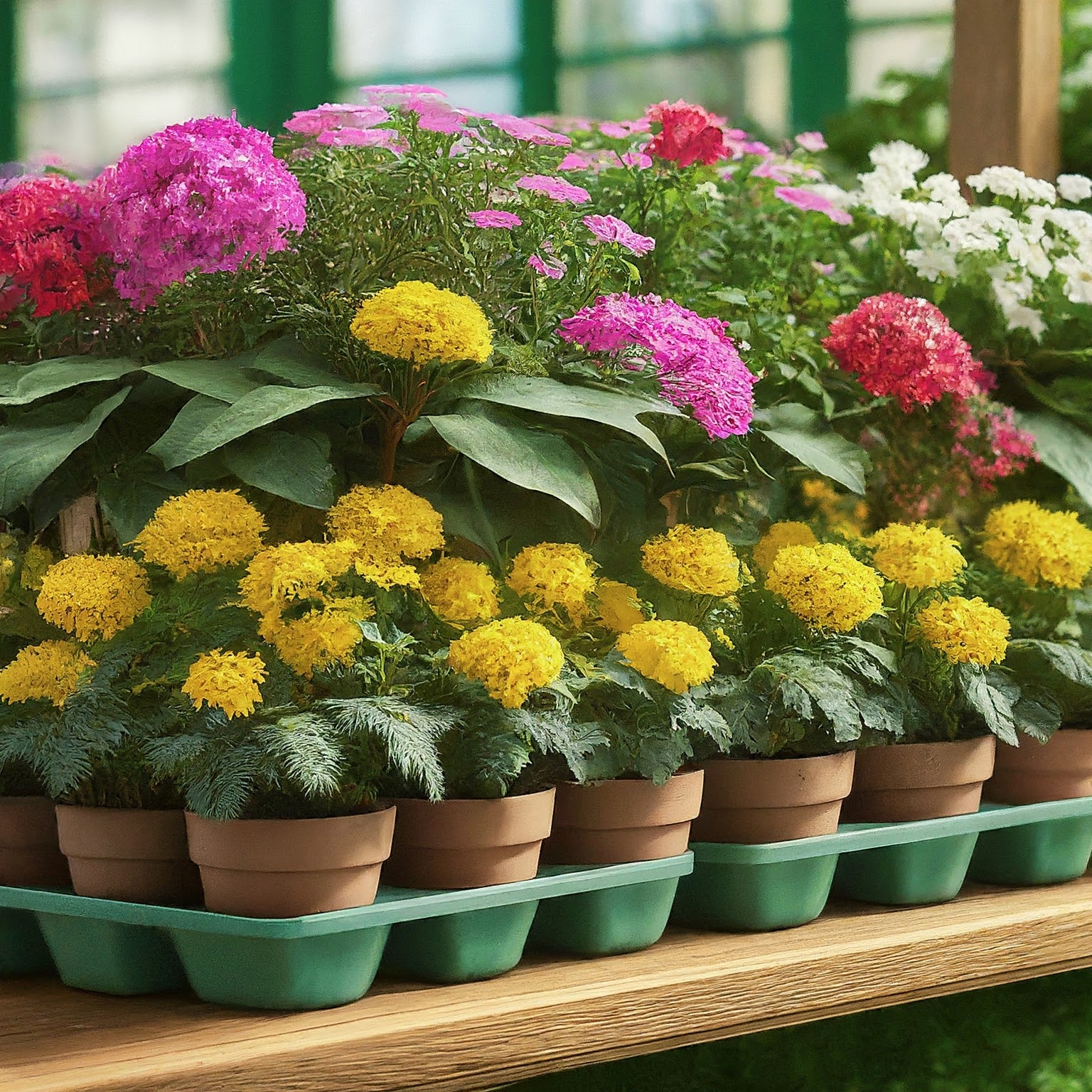
Can I mix and match different types of flowers in my garden?
Yes, mixing and matching different types of flowers can create a dynamic and visually appealing garden display.
Consider combining flowers with different bloom times to ensure that your garden looks beautiful throughout the growing season. You can also play with contrasting colors and textures to create interest and depth in your outdoor space.
When planting a variety of flowers together, be sure to consider their individual growth habits and maintenance requirements. Some plants may be more aggressive spreaders or require specific care, so it’s important to plan accordingly to prevent overcrowding or competition for resources.

How should I care for my flowers once they are planted?
Once you have planted your flowers in your garden, it’s essential to provide them with proper care and maintenance to help them thrive.
This includes regular watering, fertilizing, and pruning as needed. Be sure to monitor the soil moisture levels and adjust your watering schedule based on the specific needs of the plants.
Additionally, keep an eye out for pests and diseases that may affect your flowers. Inspect the leaves, stems, and blooms regularly for any signs of damage or discoloration. If you notice any issues, take action promptly to prevent further damage and preserve the health of your plants.
Conclusion:
Choosing the right amount of flowers for your garden can enhance the beauty and enjoyment of your outdoor space.
By considering factors such as garden size, flower variety, and personal preferences, you can create a vibrant and harmonious garden display that brings joy and tranquility to your home.
FAQs:
Should I plant flowers in full sun or partial shade?
The best location for planting flowers depends on the specific species and their sunlight requirements. Some flowers thrive in full sun, while others prefer partial shade. Be sure to check the care instructions for each plant to determine the best placement in your garden.
How often should I water my flowers?
The frequency of watering your flowers depends on factors such as soil type, weather conditions, and plant species. Generally, it’s a good idea to water your flowers when the top inch of soil feels dry to the touch. Be mindful not to overwater, as this can lead to root rot and other issues.
Can I plant flowers in containers instead of in the ground?
Yes, many flowers can be grown successfully in containers, making them a versatile option for small spaces or urban gardens. Choose a container with adequate drainage holes and use a high-quality potting mix to provide the plants with the nutrients they need to thrive.
What should I do if my flowers are not blooming?
If your flowers are not blooming as expected, there could be several reasons why. Check to see if the plants are receiving enough sunlight, water, and nutrients. Consider pruning dead or spent flowers to encourage new growth and blooming. If issues persist, consult with a gardening expert for further guidance.
How can I attract pollinators to my garden?
To attract pollinators such as bees, butterflies, and hummingbirds to your garden, consider planting a variety of flowers that provide nectar and pollen. Avoid using pesticides and herbicides, as these can harm beneficial insects. Create a diverse and welcoming habitat for pollinators by incorporating native plants and providing shelter and water sources.
